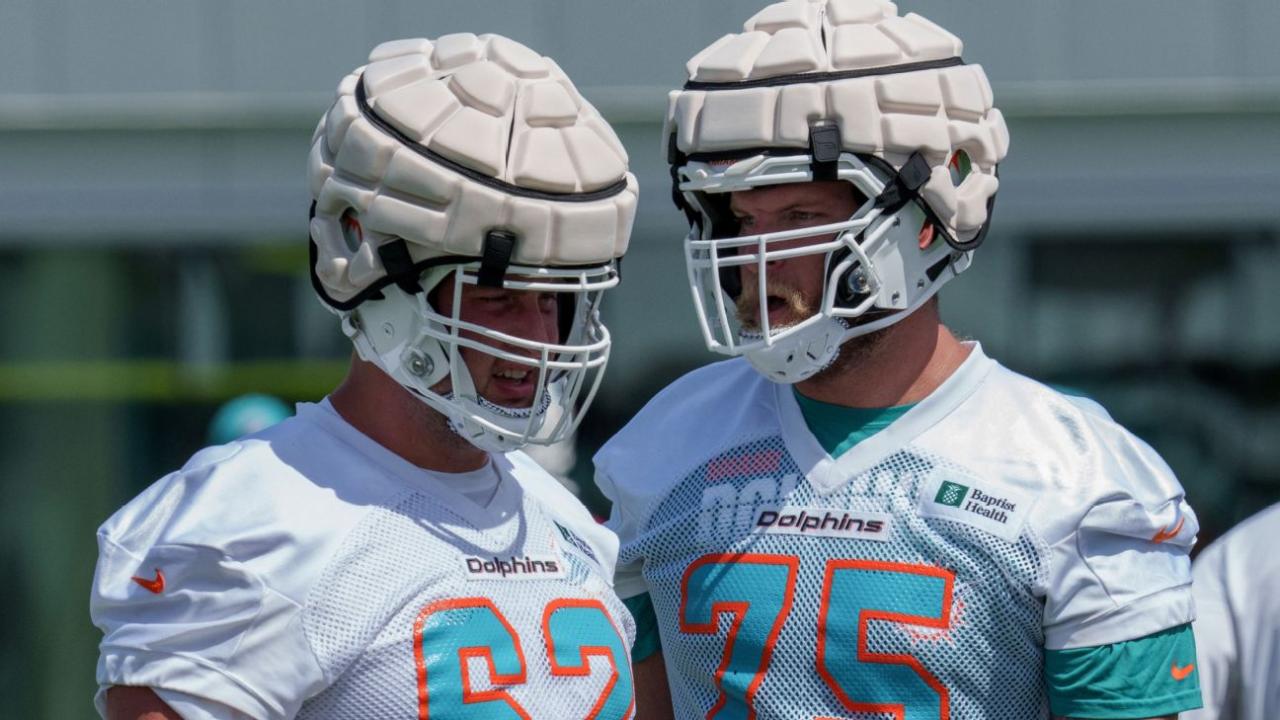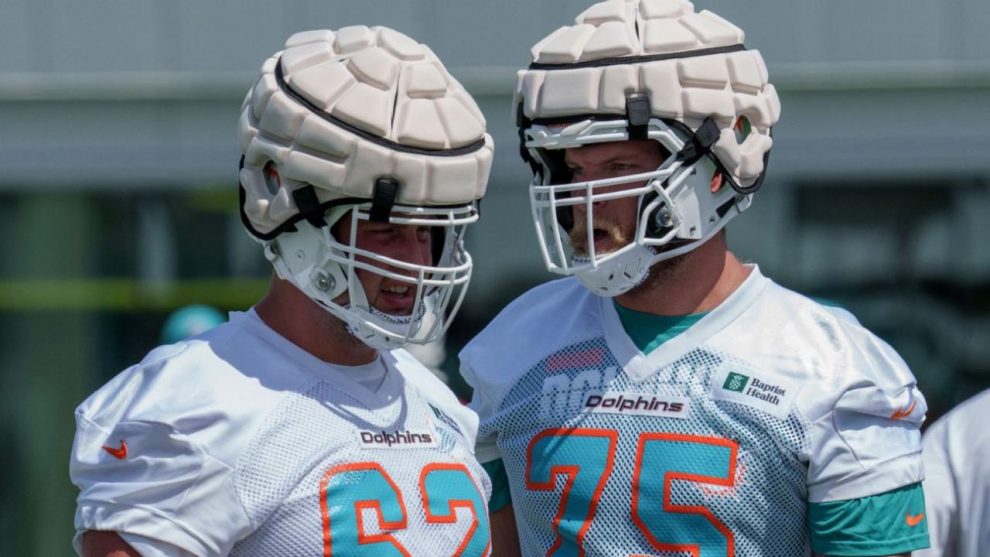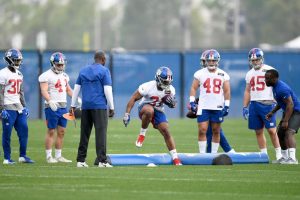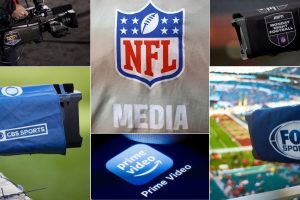
Introduction
Player safety is a top priority in the National Football League (NFL), and concussions have been a significant concern in recent years. The league has implemented a comprehensive concussion protocol to protect players and ensure their long-term well-being. In this article, we will delve into the NFL’s concussion protocol, exploring its components, advancements in technology, real-life examples, and insights from notable figures. Through the lens of pure American English, we will gain a deeper understanding of the measures taken to address concussions in the NFL.
I. Recognizing and Reporting Concussions: The First Line of Defense
- Player Education and Awareness
The NFL places a strong emphasis on player education and awareness regarding concussions. Players are educated on the signs and symptoms of concussions, as well as the potential long-term consequences of these injuries. This knowledge empowers players to recognize when they may have suffered a concussion and report it promptly.
Hall of Fame NFL quarterback Brett Favre emphasized the importance of player education, stating, “Understanding the signs of a concussion and the potential risks is crucial for players. It’s about taking responsibility for your own health and well-being.”
- Sideline Evaluation and Independent Neurological Consultants
During games, the NFL has implemented a sideline evaluation process to assess potential concussions. If a player exhibits symptoms or is suspected of sustaining a concussion, they are immediately removed from the game for further evaluation. Independent neurological consultants (INC) are present at each game to provide an objective assessment and ensure player safety.
Dr. Allen Sills, the NFL’s Chief Medical Officer, explained the role of INCs, stating, “Independent neurological consultants play a critical role in the concussion protocol. They provide an independent and objective evaluation to ensure that player safety is the top priority.”
II. Advanced Technology: Enhancing Concussion Detection and Assessment
- Impact Sensors and Data Analysis
Technological advancements have played a significant role in enhancing the detection and assessment of concussions in the NFL. Impact sensors placed inside players’ helmets measure the force and location of impacts. This data is then analyzed to identify potential concussive events and inform medical staff of the need for further evaluation.
Former NFL player and current medical technology entrepreneur Isaiah Kacyvenski highlighted the value of technology, stating, “The use of impact sensors and data analysis has revolutionized how we understand concussions. It allows for a more comprehensive evaluation and helps medical staff make informed decisions.”
- Neuroimaging and Biomarkers
Neuroimaging techniques, such as magnetic resonance imaging (MRI) and functional MRI (fMRI), have provided valuable insights into the effects of concussions on the brain. These imaging methods allow medical professionals to assess structural and functional changes and monitor the recovery process. Additionally, research into biomarkers is ongoing, with the potential to provide objective measures for diagnosing and tracking concussions.
Dr. Julian Bailes, a renowned neurosurgeon and concussion expert, discussed the significance of neuroimaging, stating, “Neuroimaging techniques help us visualize the impact of concussions on the brain. It provides valuable information for understanding the injury and tailoring treatment plans.”
III. Graduated Return-to-Play Protocol: Safely Returning to the Field
- Stepwise Progression and Medical Clearance
Once a player has been diagnosed with a concussion, they must follow a graduated return-to-play protocol before being cleared to return to the field. This protocol involves a series of steps, each with specific criteria that the player must meet to progress to the next stage. The player must be medically cleared by an independent medical professional before returning to full football activities.
NFL Commissioner Roger Goodell emphasized the importance of the return-to-play protocol, stating, “The graduated return-to-play protocol is designed to ensure that players are fully recovered before returning to game action. It prioritizes player safety and reduces the risk of re-injury.”
- Long-Term Monitoring and Support
Player safety extends beyond the initial diagnosis and recovery period. The NFL provides long-term monitoring and support for players who have suffered concussions, including access to medical experts, counseling services, and resources for post-football career transitions. This comprehensive support system aims to address any long-term effects of concussions and promote overall player well-being.
Former NFL player and concussion advocate Chris Borland highlighted the importance of long-term support, stating, “Concussion management goes beyond the immediate recovery period. Providing ongoing support and resources is crucial for players’ long-term health and quality of life.”
Conclusion
The NFL’s concussion protocol is a comprehensive system designed to protect players and address the impact of concussions. Through player education, sideline evaluations, advanced technology, and a graduated return-to-play protocol, the league strives to prioritize player safety. Technological advancements, such as impact sensors and neuroimaging, have greatly enhanced concussion detection and assessment. As the NFL continues to evolve its protocols and incorporate new advancements, player safety and the long-term well-being of athletes will remain at the forefront.











